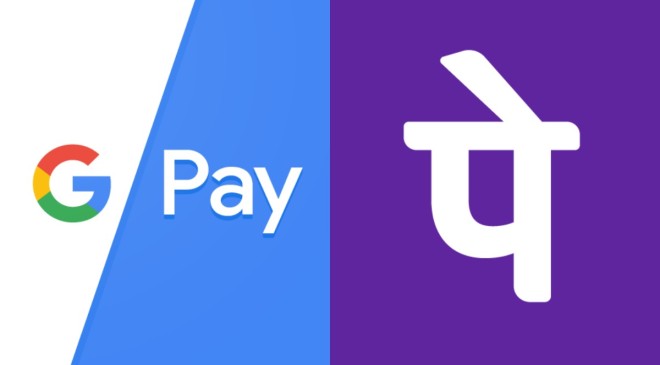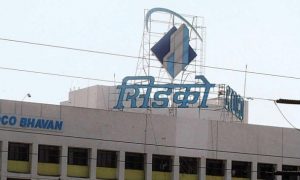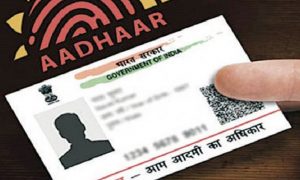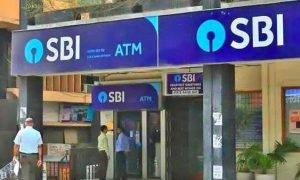- PhonePe and Google Pay account for over 80% of UPI transactions done each month.
- Indian MPs are reportedly planning on raising the issue of duopoly in the upcoming monsoon session of the parliament.
- The guidelines issued by the National Payments Corporation of India (NPCI) had capped the market share for third-party apps at 30%.
The Unified Payments Interface (UPI) has become one of the most successful initiatives of the Indian government and has made sending and receiving money relatively easy.
Read More: As Work From Home Ends, Here’s How TCS Makes Plan For Its Employees. Check What CEO Says
PhonePe and Google Pay have emerged as the biggest players in the UPI market and account for over 80% of transactions done in the country each month.
Duopoly in UPI
According to a report by Economic Times, multiple MPs from different parties, including the ruling Bharatiya Janata Party (BJP), are reportedly gearing up to raise the issue of the duopoly being formed by PhonePe and Google Pay.
While there are over 50 third-party UPI apps, PhonePe and Google Pay account for over 81% of the volume and 84% of the transaction value.
Dominance of foreign entities
Another issue that is expected to be raised by the members during the upcoming monsoon session of the parliament and meetings of relevant parliamentary panels is that foreign entities own significant players.
Walmart owns PhonePe, and Google owns the payment app Google Pay. One of the other leading UPI apps is Amazon Pay, which Amazon owns.
NPCI guidelines on market cap
The National Payments Corporation of India (NPCI), the regulatory body that oversees UPI operations, had earlier introduced guidelines for third-party apps such as PhonePe, Google Pay, Paytm, and others that mandate that any one third-party app should not hold more than 30% of the market share.
The guidelines issued by NPCI are scheduled to be implemented in January 2023. However, PhonePe and Google Pay are reportedly lobbying to extend the deadline as they will not be able to comply with the cap on the market share.





































